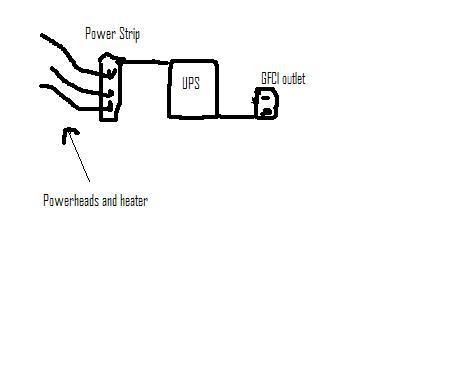sepulatian
Moderator
Originally Posted by usirchchris
http:///forum/post/2664757
I realize a protein skimmer has a function, I was merely speaking in terms of oxygination. Even if a protein skimmer does spin the bubble...the bubble still travels to the top and then breaks. You may have finer bubbles but the end result is the same regardless of travel is it not? or am I missing something? Is there a difference of vertical or horizontal agitation?
There is a very big difference. Horizontal agitation goes throughout the tank. Vertical goes straight up. Big difference there.
You have to have movement in the tank. Think about this. Picture your tank. Air bubbles go straight to the top. Power heads and a skimmer moves the water, and the oxygen, throughout the tank. The bubbles from an air stone do not go anywhere but their path to the top.
http:///forum/post/2664757
I realize a protein skimmer has a function, I was merely speaking in terms of oxygination. Even if a protein skimmer does spin the bubble...the bubble still travels to the top and then breaks. You may have finer bubbles but the end result is the same regardless of travel is it not? or am I missing something? Is there a difference of vertical or horizontal agitation?
There is a very big difference. Horizontal agitation goes throughout the tank. Vertical goes straight up. Big difference there.
You have to have movement in the tank. Think about this. Picture your tank. Air bubbles go straight to the top. Power heads and a skimmer moves the water, and the oxygen, throughout the tank. The bubbles from an air stone do not go anywhere but their path to the top.



